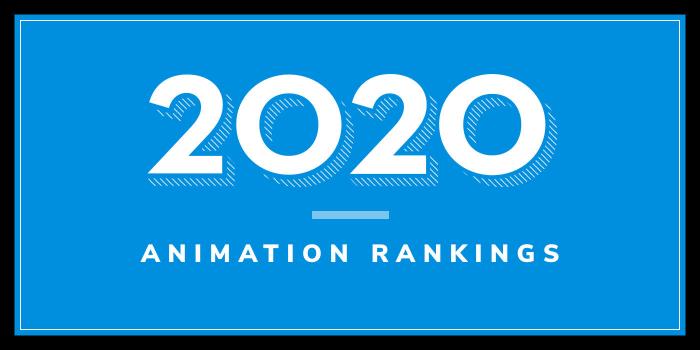University of Advancing Technology (UAT) was founded in 1983 as the CAD Institute, where students were trained in computer-aided design and engineering. Today, UAT serves more than 1,000 students enrolled in 20 undergraduate technology degrees and five graduate degrees in advancing technology disciplines such as Artificial Life Programming, Game Design, Robotics and Embedded Systems, Digital Video, Advancing Computer Science, and Cyber Security.
UAT describes its BA in Game Art and Animation as a “computer animation degree.” The program consists of 120 credit hours, including 36 major credits. Per the school, “students in the Game Art and Animation program will gain an insight into what is involved at all levels of game development to create 2D and 3D art and animation assets for multiple video game platforms such as PC, consoles, mobile, online and VR.” They will also “master the artistic principles used in video game art asset creation such as color theory, lighting, shading, anatomy, perspective, scene staging, modeling low polygon and high polygon, 3D modeling texturing, rigging and key frame and motion capture animations.”
Course highlights include Advanced Materials, Shaders and Lighting, Characters and Vehicles Animation, Concept Art, Environmental and FX Animation, Figure and Character Sculpting, Game Art and Animation Fundamentals, Game Texturing, and Industry Professional Development. Students will also take three Game Production Studio courses (Production Studio I-III), where they will collaborate and create games in a simulated production studio. An internship is also part of the program.
UAT BA in Game Art and Animation graduates will be prepared for jobs such as character artist modeler and texture artist, character artist animator and rigger, environment artist modeler and texture artist, environment artist animator, mechanical mesh modeler and texture artist, and mechanical mesh animator and rigger.





